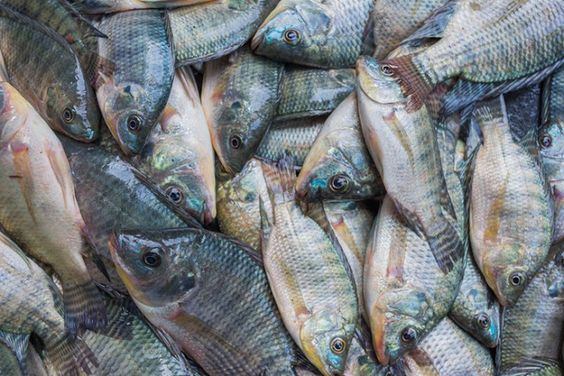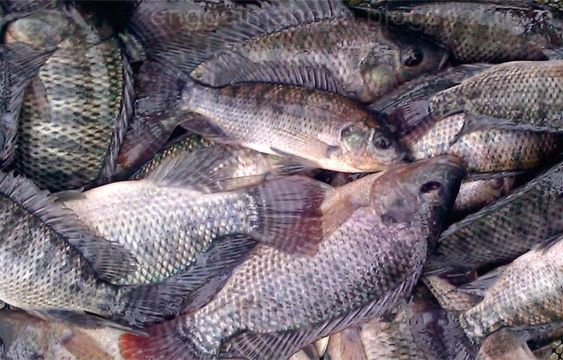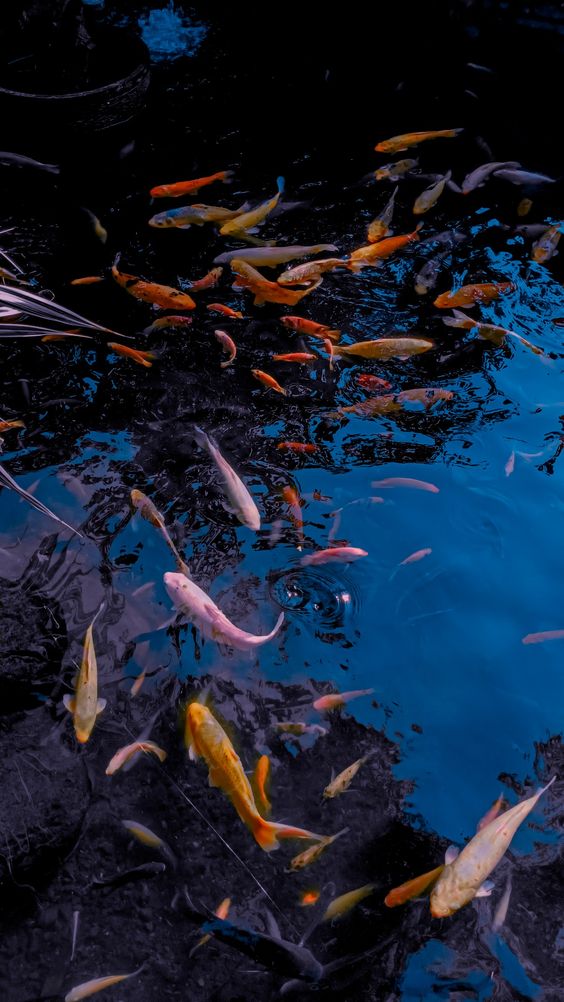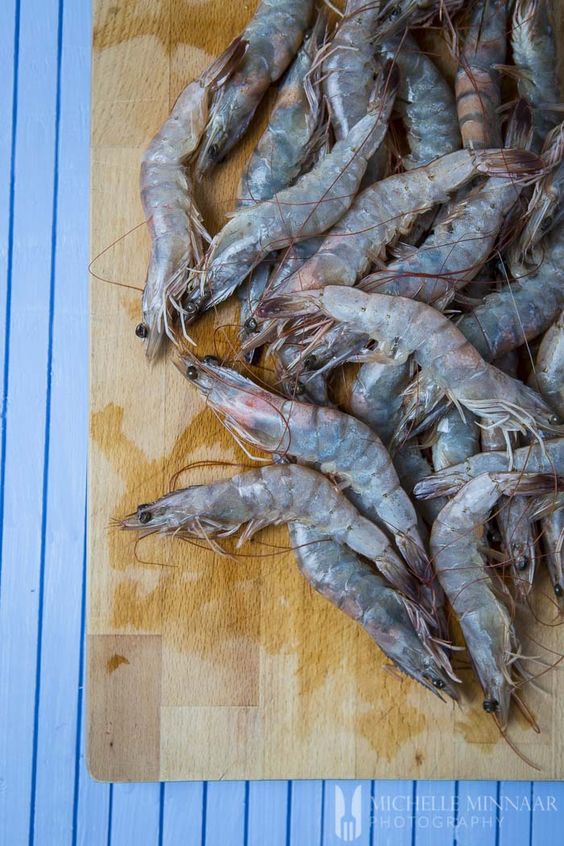Guide to Tilapia Cultivation: A Comprehensive Guide to Raising Tilapia for Success
Guide to Tilapia Cultivation, also known as tilapia farming, has become a prominent source of freshwater fish around the world. These mild-flavored fish are popular for their versatility in cuisine and their ability to thrive in diverse environments. This guide delves into the intricacies of raising tilapia, from understanding their needs to achieving a successful and sustainable aquaculture operation.
Tilapia encompass a diverse group of cichlid fish native to Africa and the Levant. Several tilapia species are cultivated commercially, with Nile tilapia (Oreochromis niloticus) being the most prevalent. Tilapia are omnivorous, meaning they consume both plants and animals. They are known for their fast growth rates, making them a commercially viable option for aquaculture.
Contents
- 1 Benefits of Guide to Tilapia Cultivation
- 2 Objectives of Guide to Tilapia Cultivation
- 3 Getting Started with Guide to Tilapia Cultivation
- 4 Production Systems for Guide to Tilapia Cultivation
- 5 Key Considerations for Successful Guide to Tilapia Cultivation
- 6 Sustainability in Guide to Tilapia Cultivation
- 7 The Future of Guide to Tilapia Cultivation
- 8 Challenges and Considerations
Benefits of Guide to Tilapia Cultivation
Guide to Tilapia Cultivation,There are numerous benefits associated with tilapia cultivation, including:
- High Protein Source: Tilapia is an excellent source of lean protein, essential for human health.
- Efficient Feed Conversion: Tilapia efficiently convert feed into protein, making them a resource-efficient food source.
- Adaptability: Tilapia can thrive in a variety of climates and water conditions, making them suitable for a wide range of geographical locations.
- Relatively Disease Resistant: Compared to other farmed fish, tilapia exhibit a higher tolerance to some diseases.
- Market Demand: Tilapia is a popular seafood choice globally, ensuring a steady market for producers.
Objectives of Guide to Tilapia Cultivation
The primary objectives of tilapia cultivation are:
- Production of High-Quality Fish: The goal is to raise healthy tilapia that meet market standards for size, taste, and appearance.
- Economic Profitability: Effective management practices aim to minimize production costs while maximizing yields, leading to a profitable venture.
- Environmental Sustainability: Sustainable practices minimize environmental impact through responsible water management and waste reduction.
Getting Started with Guide to Tilapia Cultivation
Before embarking on your tilapia cultivation journey, several crucial aspects require consideration:
- Market Research: Conduct thorough market research to understand local demand, preferred tilapia sizes, and prevailing market prices.
- Regulatory Compliance: Familiarize yourself with all local and national regulations governing aquaculture practices in your area.
- Location and Infrastructure: Choose a suitable location with access to clean water and adequate infrastructure for ponds, tanks, or cages.
- Species Selection: Research and select tilapia species that are best suited for your climate, water quality, and market demands.
- Financial Planning: Develop a comprehensive financial plan that considers startup costs, operational expenses, and projected income.
Production Systems for Guide to Tilapia Cultivation
There are three primary production systems for raising tilapia:
- Pond Culture: The most traditional method, utilizing ponds of various sizes for raising tilapia. Ponds require careful management of water quality and proper stocking densities.
- Cage Culture: Involves suspending cages made of mesh netting in lakes, rivers, or reservoirs. This method is suitable for areas with limited land space.
- Tank Culture: Employs tanks or raceways made of concrete, fiberglass, or plastic for intensive tilapia production. This system offers greater control over water quality but requires a higher initial investment.
Key Considerations for Successful Guide to Tilapia Cultivation
- Water Quality: Maintaining optimal water quality is paramount for healthy tilapia growth. Factors like temperature, dissolved oxygen levels, pH, and ammonia levels need to be monitored and adjusted as necessary.
- Stocking Density: Overcrowding ponds, tanks, or cages can lead to stunted growth, stress, and increased susceptibility to diseases. Stocking densities should be based on the chosen production system, tilapia species, and water quality.
- Feed Management: Providing a balanced and nutritious diet is essential for optimal growth and health. Commercially available tilapia feeds cater to different growth stages.
- Health Management: Regular monitoring of tilapia health and implementing preventive measures are crucial. Early detection and treatment of diseases can minimize losses.
- Harvesting: Harvesting techniques vary depending on the production system. Regularly monitoring fish growth and market demand helps determine the optimal harvest time.
Sustainability in Guide to Tilapia Cultivation
Sustainable practices are vital for the long-term success of tilapia cultivation and environmental preservation. Here are some key aspects:
- Responsible Water Management: Minimize water use by implementing efficient water exchange systems and utilizing rainwater harvesting techniques where feasible.
- Waste Management: Treat and manage wastewater from tilapia production facilities to minimize environmental impact.
- Biosecurity: Implement biosecurity measures to prevent the introduction of diseases from outside sources.
- Use of Eco-Friendly Feeds: Consider using sustainable and eco-friendly feed sources to minimize the environmental footprint.
The Future of Guide to Tilapia Cultivation
The future of Guide to Tilapia Cultivation holds immense promise for providing a sustainable and efficient source of protein for a growing global population. Here are some key trends and developments shaping the industry:
- Technological Advancements: Aquaculture technology is constantly evolving. Automation can be utilized for tasks like feeding, water quality monitoring, and disease detection. Additionally, advancements in selective breeding programs aim to develop tilapia strains with improved growth rates, disease resistance, and feed efficiency.
- Focus on Biofloc Technology: Biofloc technology is gaining traction in tilapia cultivation. This method encourages the growth of beneficial bacteria that break down organic waste and improve water quality, leading to a more sustainable and environmentally friendly production system.
- Integration with Aquaponics: The integration of tilapia aquaculture with aquaponics, a system that uses fish waste to fertilize plants grown in water, is another emerging trend. This combined system offers a more efficient and sustainable approach to food production.
- Emphasis on Traceability and Certification: Consumers are increasingly demanding transparency and sustainability in their seafood choices. Traceability systems that track the origin and production practices of tilapia are becoming more prevalent. Additionally, certifications like Aquaculture Stewardship Council (ASC) certification are gaining recognition, ensuring consumers that their tilapia is produced responsibly.
- Market Diversification: The tilapia market is expected to diversify further, with an increasing demand for value-added products like tilapia fillets, smoked tilapia, and ready-to-cook meals. This trend requires greater processing and packaging infrastructure within the industry.
Challenges and Considerations
Despite the promising future, Guide to Tilapia Cultivation also faces some challenges:
- Maintaining Water Quality: Ensuring clean and adequate water supplies remains a persistent challenge for tilapia farmers, particularly in regions with limited water resources.
- Disease Management: The emergence of new diseases and antibiotic resistance necessitates ongoing research and development of effective biosecurity measures and treatment strategies.
- Environmental Impact: Minimizing the environmental impact of tilapia cultivation requires continuous efforts to improve water management, waste treatment, and the use of sustainable feed sources.
- Market Fluctuations: Global market fluctuations in tilapia prices can impact the profitability of tilapia farms. Diversifying markets and value-added products can mitigate this risk.
Guide to Tilapia Cultivation presents a significant opportunity to meet the growing demand for protein worldwide. By adopting sustainable practices, embracing technological advancements, and addressing ongoing challenges, the future of tilapia cultivation is bright. This guide has provided a comprehensive overview of the key aspects involved in raising tilapia, from initial considerations to achieving a successful and sustainable aquaculture operation. Whether you’re a seasoned aquaculturist or a potential newcomer, this guide serves as a valuable resource on your tilapia cultivation journey.






